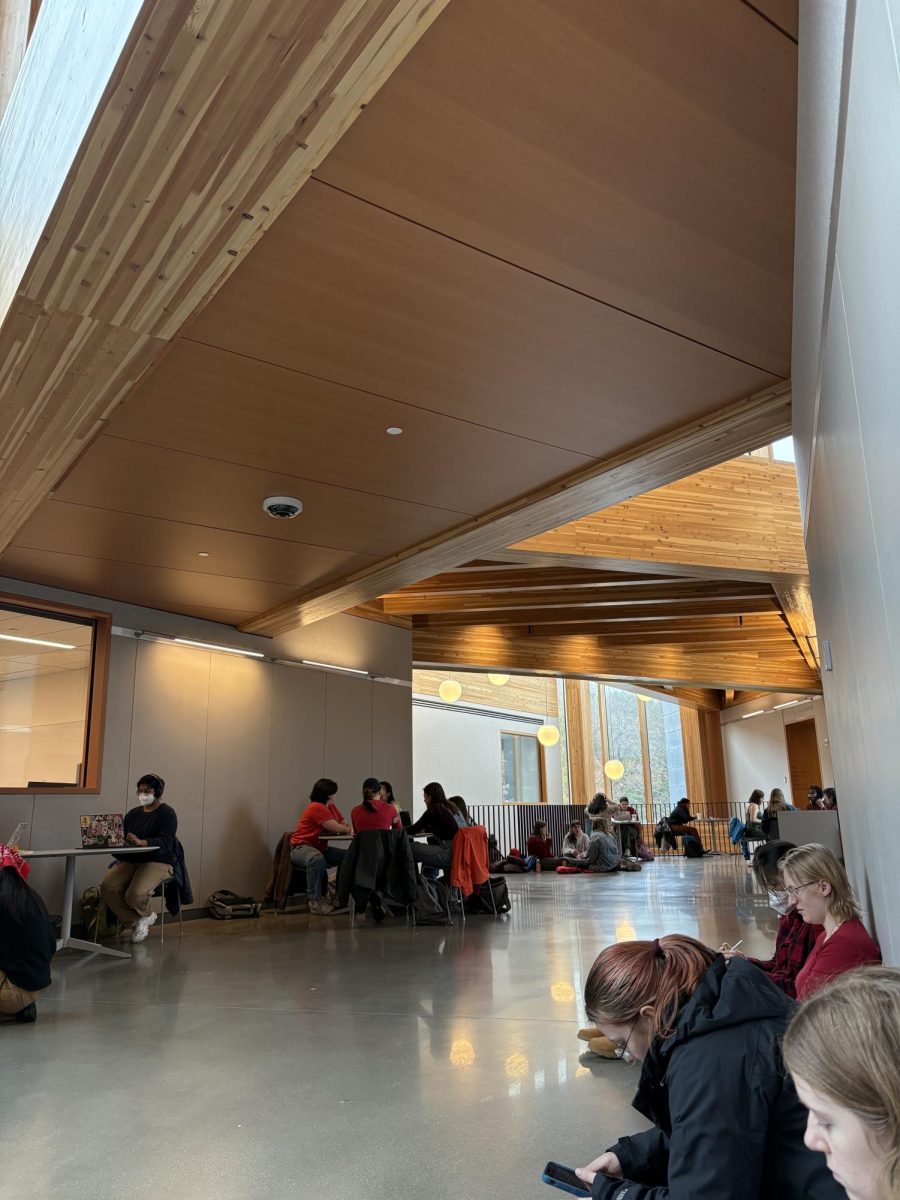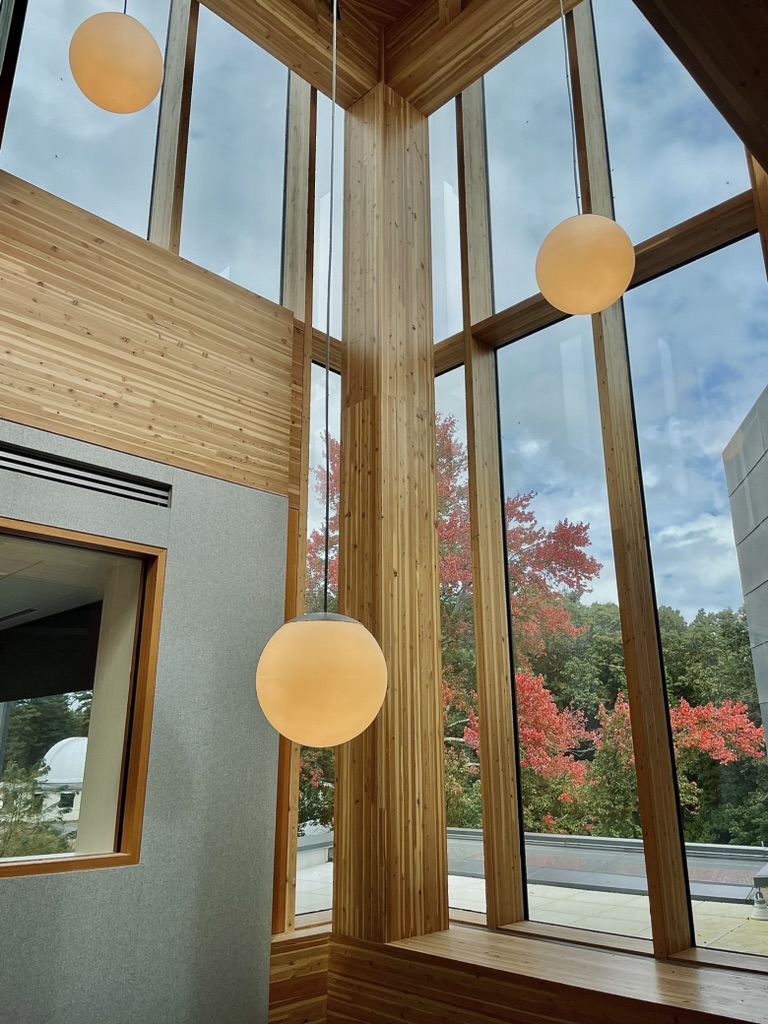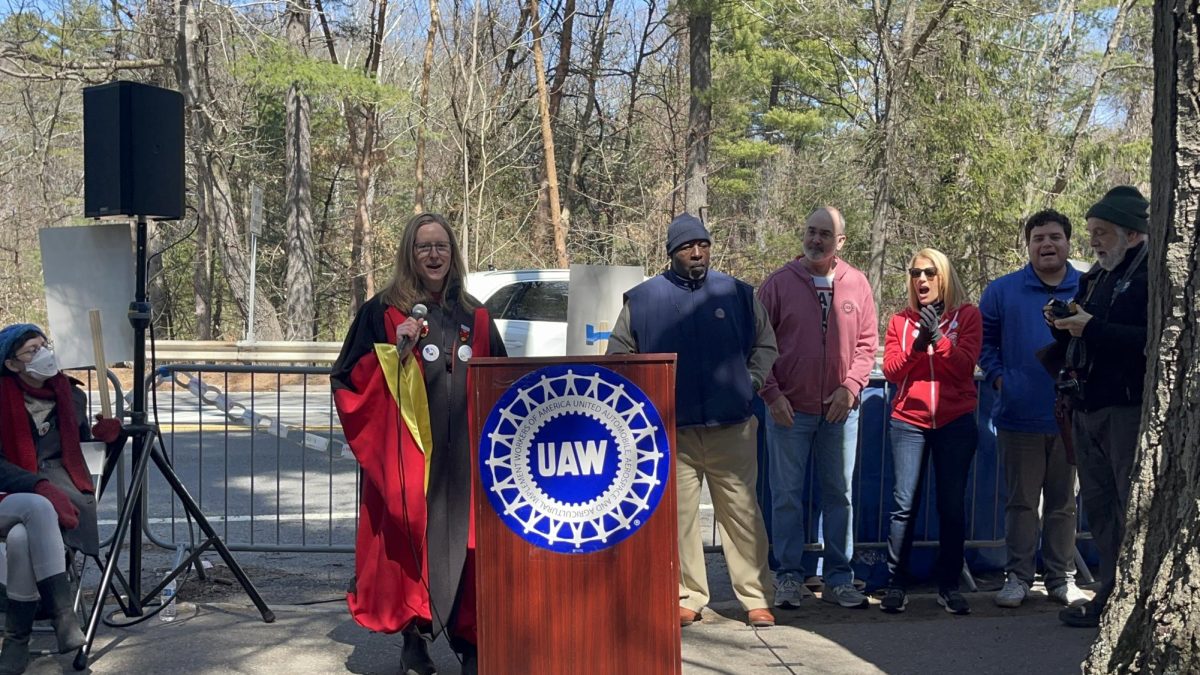Brightspace will replace Sakai as Wellesley’s new Learning Management System (LMS), according to an email from Chief Information Officer and Associate Provost Ravi Ravishankar, on March 7.
Brightspace, an LMS from Desire2Learn, is increasingly becoming popular with large universities like Purdue University, New York University, and others using it as their primary online learning platform.
In the school-wide email from Ravishankar, an attached report detailed the process, decision, and rollout plan of switching to Brightspace.
“Brightspace offers several advantages, including an up-to-date integrated design, improved accessibility features, automated tasks, and valuable faculty insights into student performance,” the report said.
Although the report writes that the process began last summer, Library Technology Services (LTS) had already begun looking at new options in 2020, after surveying a small group of faculty and staff at the time.
“This was four or five years ago, just prior to COVID. There were just too many other priorities that came in the way that we were unable to do it,” Ravishankar said.
The process of finding a new LMS restarted this summer, after Ravishankar and Director of Research and Institutional Support, David O’Steen, did a market evaluation of the current LMS market. They found that the share of higher education institutions using Sakai has decreased dramatically, while other LMS options like Canvas and Brightspace have increased.
When searching for a new system, LTS used a process very similar to peer institutions, according to O’Steen. However, they were not specifically looking for a system that replicates Sakai or what peer institutions have done, rather based on the backend data collected from Sakai.
“We collect all of this information to find a product that overall will satisfy a set of criteria, which should provide a better system than what we currently use for both faculty and students. Secondly, it should help us support the software easily,” Ravishankar said.
Ravishankar emphasized that the LMS market is not like “AI or mobile app tools,” and that there were only “four viable solutions,” which were all very similar.
During the process, Ravishankar and O’Steen tried to include the community, especially students, through postering in academic buildings. However, zero students came to the live demonstration of the systems, and of the five students that requested a recording of the session, none of them filled out the provided post-survey.
“Unfortunately, participation was very low, if not, non-existent,” Ravishankar said.
Through faculty participation, LTS survey data showed that participants rated Canvas and Brightspace very similarly. LTS chose Brightspace over Canvas mainly as a result of their five themes outlined in the report: accessibility, grading, assessments, communication, ease of use and useful complexity.
According to O’Steen and Ravishankar, Brightspace had specific design features that are better for the Wellesley community including giving students extra time on exams with one click. Overall, they noted the easier to navigate interface.
“Brightspace has an integrated design where everything happens on the same page. It’s much cleaner, it feels more modern, and it’s much simpler to navigate,” said O’Steen. “So both faculty and students elsewhere, since we didn’t hear from ours, say it really is simpler and better designed.”
The Future of Sakai
LTS is reserving nearly a two year period for this transition with anticipation of faculty retiring who may not want to switch or those going on sabbatical who will transition later. Some classes will switch to Brightspace next semester and most will be encouraged to switch next spring, according to the report.
In anticipation of the switch, LTS will help faculty transition their existing Sakai courses onto Brightspace, which Ravishankar and O’Steen believe will be the most difficult change. LTS will also provide group and one-on-one training with faculty to familiarize them with the new system and are also considering training students as an additional resource to help others navigate the platform.
According to Ravishankar and O’Steen, LTS data collected shows that only 50-60% of classes are currently using Sakai. While they do not have data on what the other 40% uses, they said it’s a mixture of Google Suite and class websites.
Out of classes that use Sakai, the most popular feature is the file storage feature, used to store syllabi, readings, and other potential resources. A large percentage of faculty solely use Sakai for the file storage feature, even though it is not necessary to use Sakai solely for file storing purposes, according to Ravishankar. Other popular features include online assessments, the assignments tab, and the gradebook.
While LTS does not force faculty to use an LMS system, they hope that more classes will switch to Brightspace, creating more consistency amongst navigating class resources.
“We [hope to] have more adoption of Brightspace than Sakai because having a uniform tool helps the students. They don’t have to learn this tool for that course, that tool for another course,” said Ravishankar. “The day a single tool is used is way off, but that’s a dream.”
Contact the editors responsible for this story: Sazma Sarwar, Ruby Barenberg, and Valida Pau.




